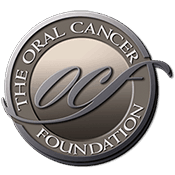UB center helps bring local dental products to market
Source: www.buffalo.edu Author: Marcene Robinson Stocked on the shelves of Western New York pharmacies is a bottle of dry mouth spray Lubricity, a product developed and manufactured locally by You First Services, Inc. with the support of the University at Buffalo Center for Dental Studies. Through the partnership, the UB Center for Dental Studies verified the effectiveness of Lubricity through clinical trials, helping bring the product to market and contribute to the growth of You First Services as a budding employer in the region. Since its establishment in 1988, the UB Center for Dental Studies has built an extensive history of performing scientific and clinical studies for new products by major companies around the world, including Johnson & Johnson and Colgate-Palmolive. However, the center also works with local manufacturers, providing access to cutting-edge technology, state-of-the-art facilities and guidance from experienced researchers. Since its inception, the center has completed more than $15 million in research projects with contracts ranging from $10,000 to $450,000. “Ease of accessibility to university scholars is one of the major benefits of having a research university like UB in our community, said Sebastian Ciancio, DDS, director of the Center for Dental Studies and Distinguished Service Professor in the UB School of Dental Medicine. “Our Center for Dental Studies has helped manufacturers bring a number of useful products to the marketplace to improve oral health of consumers.” Approved by the U.S. Food and Drug Administration in 2018, Lubricity, works as a saliva substitute for those who suffer from [...]
